Floor drains are essential plumbing fixtures. They are responsible for draining liquids from our homes. The water we use leaves through these floor drains. Without floor drains, it is impossible to get proper drain disposal. They connect with central sewer systems and eliminate wastewater.
What is a Floor Drain?
A floor drain is a fixture of plumbing that we install on the floor to remove water flowing around it. Plumbers recommend Putting floor drains at the lowest point of the floor so that all the unnecessary fluid flows across it. With the help of gravity, standing water drains through the holes present in It.
In the case of cementing floors, we place drains before their construction. The user should place the floor drain at the right site for perfect functioning. Toilets, shower areas, and rooms are the locations where the positioning of floor drains is essential to note.
Types of Floor Drains:
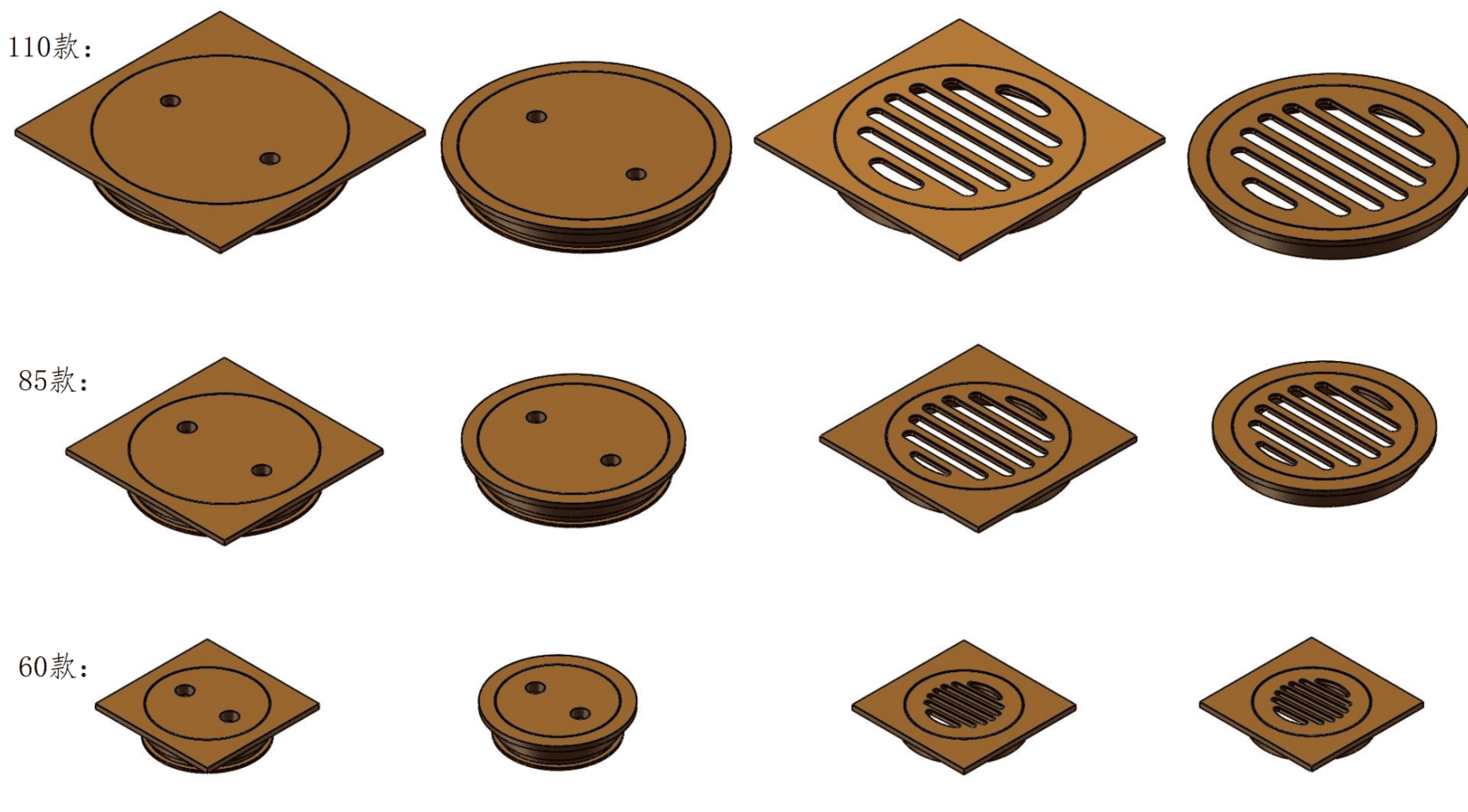
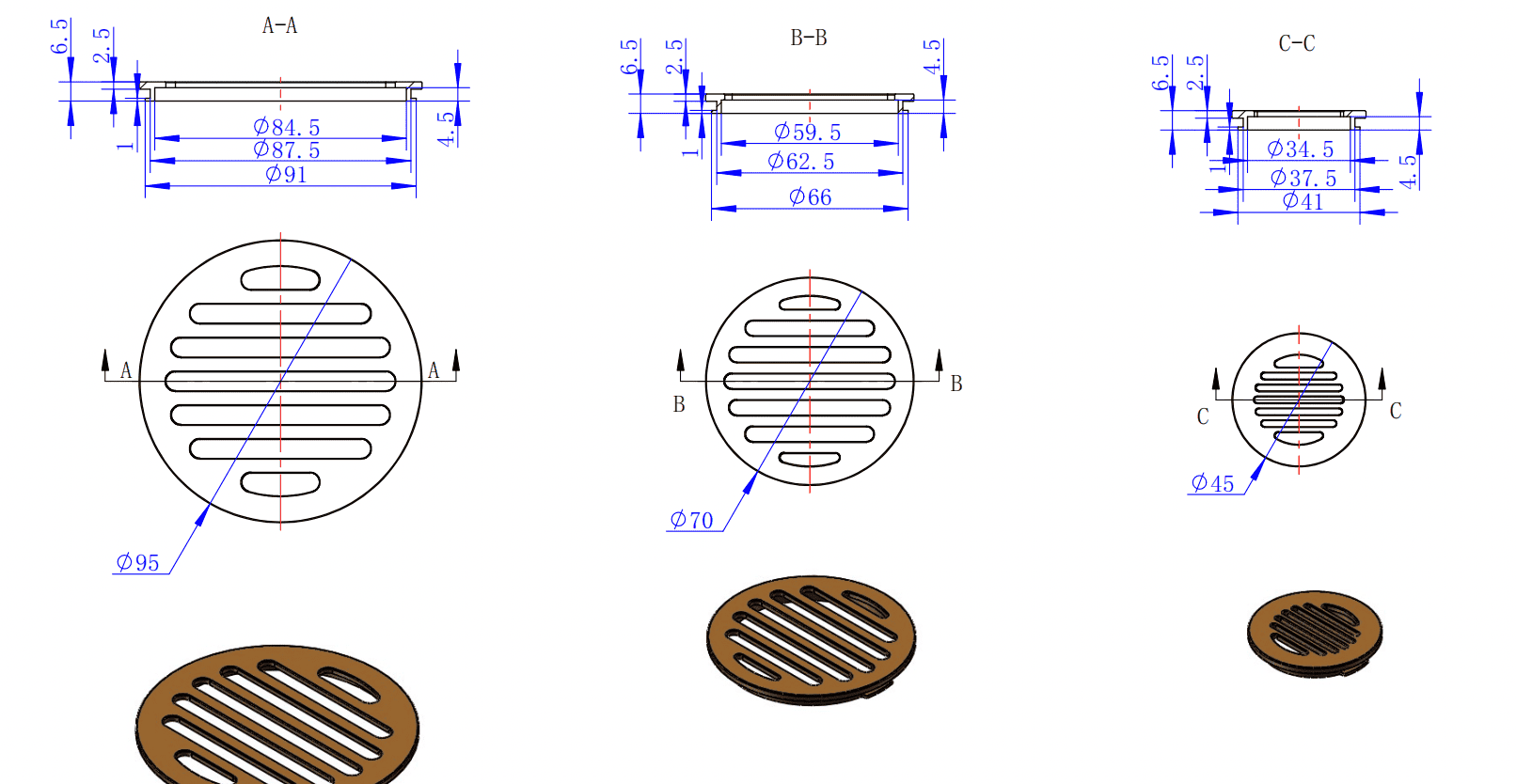
Typically, depending on the shape, floor drains have four types.
- Baseboard Drains: Baseboard drains have excellent properties for covering high drainage. We install them mostly in places like basements and old houses. They work well to drain flooded water. Baseboard drains have an internal connection with a pipe, and the drain leaves the room through a pipe.
Baseboard drains are economical. They do not cost much and are easy to afford. One of the pros of baseboard drains is that they do not need to tear up the floor. We can install them at places where standing water has to be evacuated.
Baseboard drains can be a good solution for short-term operation. Yet, they have cons for long-term use. Water drains through these only when it is spread all across the floor. It might not be good enough to remove water in the beginning.
- Box Drains: Box drains are the simplest type of drains we use. They come in two shapes, either round or square. Before draining water into the pipes, hold it over a box. A few floor drains of this type come with a basket to hold the waste.
Box drains are often floor-based, but they are also present in showers. Showers can have a circular or square-shaped box drain water handling. They may get blocked due to solid waste and need more frequent cleaning.
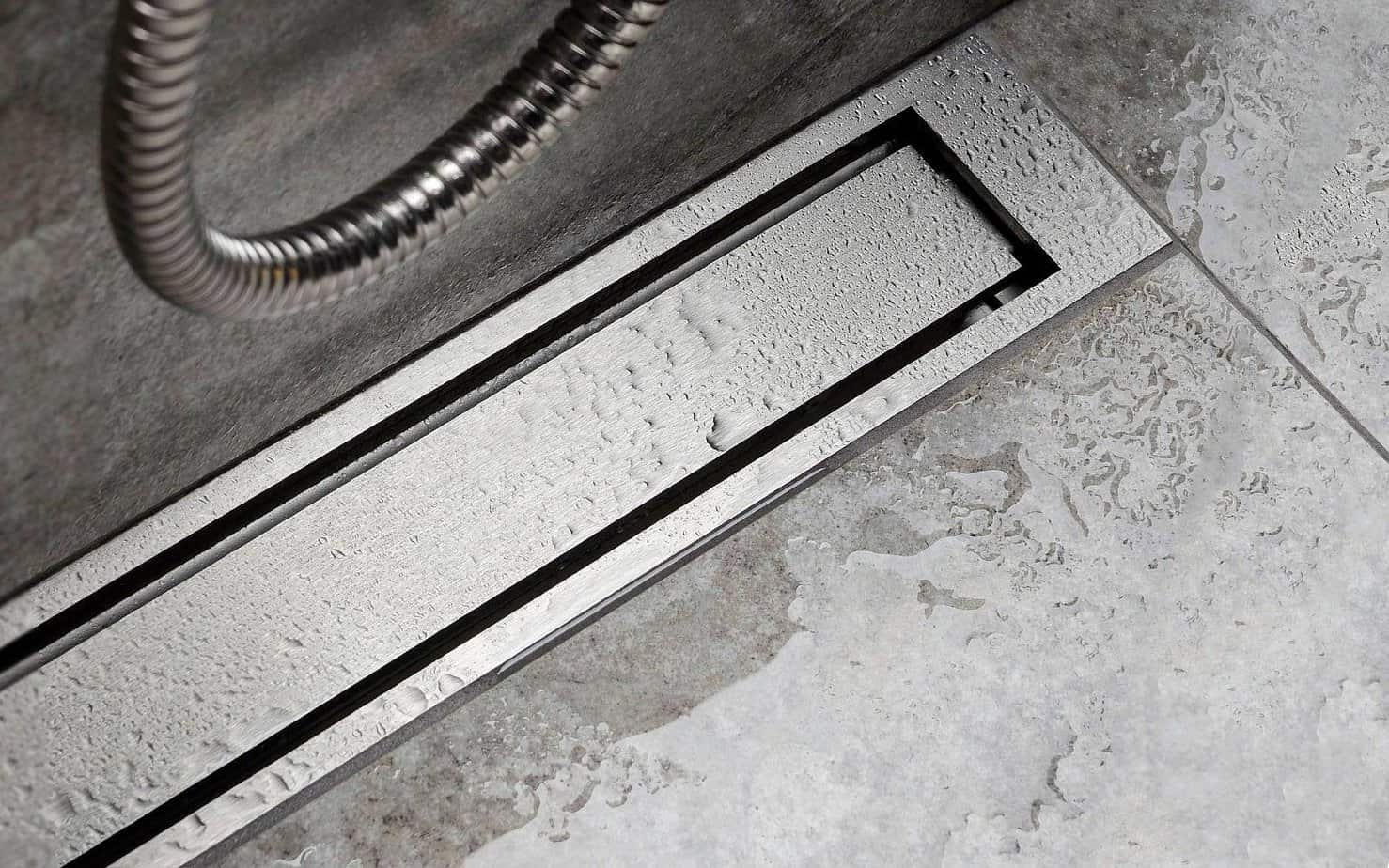
| Specifications. Product: Stainless Steel Square Box Drain. Material: Stainless Steel. Shape: Round head. Connection: Male type. Standard: ANSI, DIN, JIS, GB. Applications: Bathroom Toilet cover, Floor drain, Backflow preventer drainage. |
- Interior Parameter Drains: As the name indicates, it’s an interior drain. It has a drain cut into the floor around the space perimeter from where water needs to be removed. They usually block water leakage with the help of a foundation wall from around the area boundary.
This floor drain is also known as the French Drain. It can efficiently drain the water from rooms or buildings and can even prevent walls from moisture attacks. The interior floor drain runs throughout the house with the walls. They carry drainage to the sewer pipe or sump pump, and this way, it leaves the house.
These drains contain piping lot with them. We can slope the Floor to the perimeters if the drain installed during the building construction. In the case of a concrete or cement floor, it has to get cut from the edge, which can create a lot of trouble.
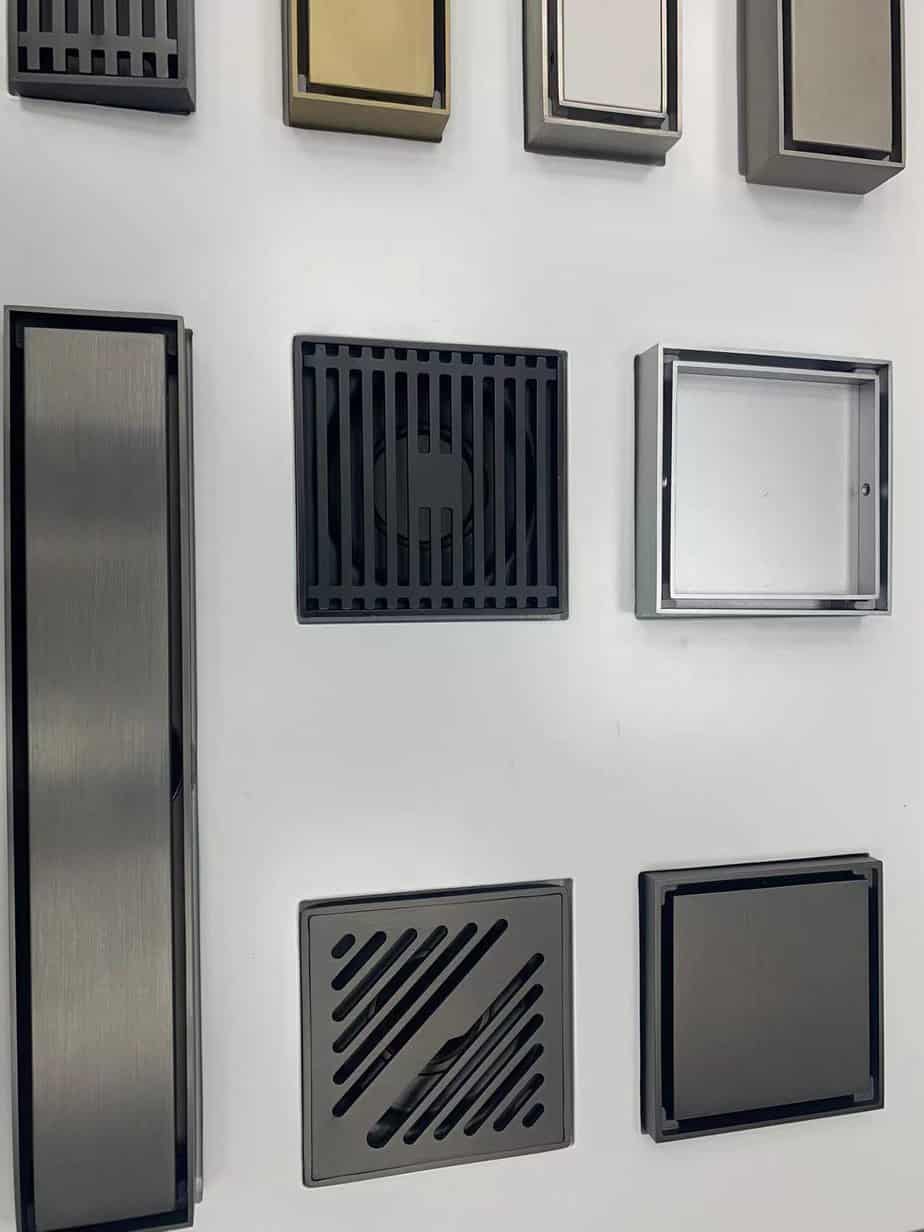
- Foundation Drains: The foundation drains lie under the foundations of newly built houses. They are not visible as they fit underground. They are pipes that are responsible for absorbing water from under the walls. On the other end, foundation drains link with the sewer pipes that take waste for disposal. They can be either wastewater drains or groundwater drains.
How To Perform The Pressure Test Method On Different Brass Valves?
Floor Drain Connections:
The floor drains collect wastewater from houses or buildings. This waste needs proper disposal. For this purpose, we connect drains to either of the two types of pipelines. It can be a Wastewater drain system or a Groundwater drain system.
- Groundwater Drain System: Groundwater drain systems do not require piping or venting. They take the water from homes and dispose of it in the soil at the back of your house. It, thus, moves water away simultaneously, keeping the soil’s water content in balance.
Pros:
- The groundwater drain system nourishes the soil by releasing water into it. It prevents soil from drying out.
- Houses do not require much if we install more economical drains.
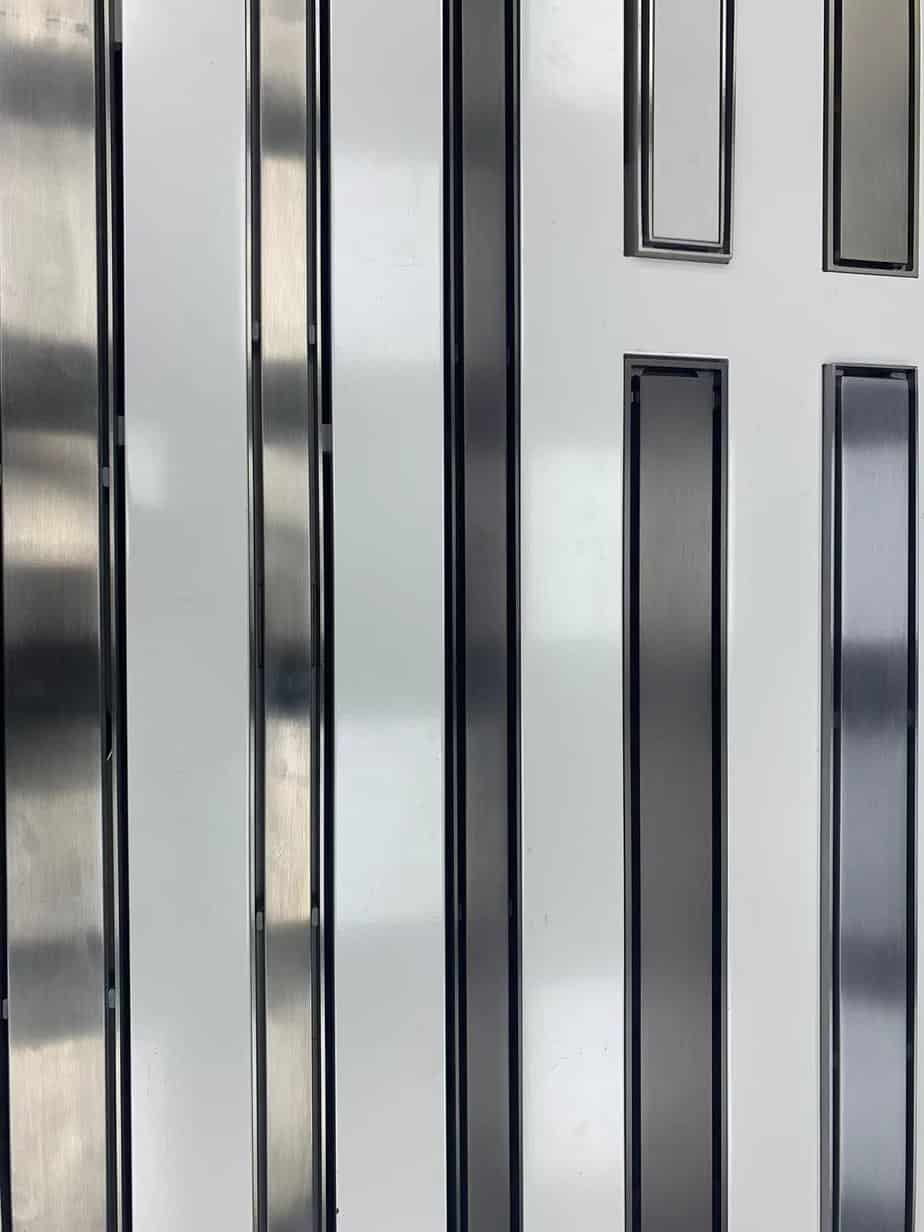
Cons:
- Roots of trees in the backyard can damage the PVC pipes in the house.
- THIS drain works well if the soil has low or moderate water content. In higher levels, the water may not get proper drainage, and the results can be damaging.
- The pipeline buried in the soil can get damaged within the low-temperature regions. They result in clogging of the drainage system. It can get worse if tree roots collide with the underground pipings.
- Wastewater Drain System: The usual drain system is common in use. They take wastewater from homes and empty it into the main sewer pipeline. Yet, this method can result in a foul smell in the home from sewage. We can treat this problem using a preventer or a P-curve in floor drains. It can prevent water from passing a horrible smell.
We can prevent the smell by another method. These drains contain a vent pipe that takes all the odor from bathrooms and the interior towards the roof or housetop. This way, no inconvenience occurs.
Water evaporating in drain pipes can also result in a smell. For this purpose, some wastewater drains come with a water trap. It simply adds water from the waterline to a pipeline that treats the smell. Such an apparatus is called a trap primer.
Pros:
- Unlike groundwater drain systems, it is not affected by the high water level in the soil. THE pipelines work well under such conditions, and water quickly drains to the sewage line.
- This type of drainage system saves your garden from soil erosion. It ensures no water leakage occurs in the ground and takes water through pipelines. Thus, it saves your garden for plantation.
- Water flowing without proper can be life-threatening because it can contact electricity poles directly. It also ensures that no excess water flows through the wall bases that can damage the property.
- All the waste, including human waste, leaves the house and drains into the municipal sewage pipes. This way, waste is eliminated through the pipelines without mixing both types of waste material.

Cons:
- Wastewater drain systems can be more expensive. It requires installing large pipelines from your home to where it connects with the sewage line. The groundwater drainage option is yet a bit more affordable in such cases.
- As with the municipal sewage pipelines, Heavy flow of water or rains can create a backflow. This backflow can send sewage to your household pipelines, which can get problematic sometimes.
- Such drain systems require regular maintenance. They get clogged up with debris that needs evacuation over time. It is necessary to have drains working.
Why Should we Install Floor Drains?
Floor drains are a must-have for use. Without them, water removal is impossible. They provide a systematic arrangement of pipes to remove the drain. Yet, sometimes, basements get neglected to install floor drains. Here are a few valid reasons to install floor drains in basements.
- We often use basements for laundry purposes. We keep washing machines there, so we need to install floor drains for wastewater removal.
- Basement floor drains aim to evacuate liquid waste only. It is wrong to treat these drains with solid waste material. Such drains keep working through regular maintenance. No solid junk should be allowed through it.
- The basement serves as the foundation of the home. If excessive water keeps flowing or standing in the basement, it can create trouble. This problem can lead to damage to walls and the home foundation. A floor drain can save the day in the long run. It removes standing water and saves one from getting in trouble.
- Though the basement floor needs regular Maintenance and can sometimes be tiring, it is an excellent choice for obvious reasons we cannot deny. It is perfect for making arrangements before severe issues due to draining water.
Conclusion:
Floor drains are necessary for every home, from bathrooms to basements; we need them everywhere. All industries and laundry rooms cannot work without a floor drain. Choosing a good-quality drain that keeps working for longer without wearing out is necessary.
Before choosing a drain, you should know about your floor type and connection where it had to drain. A little more care can save you from getting backflow and foul odor.